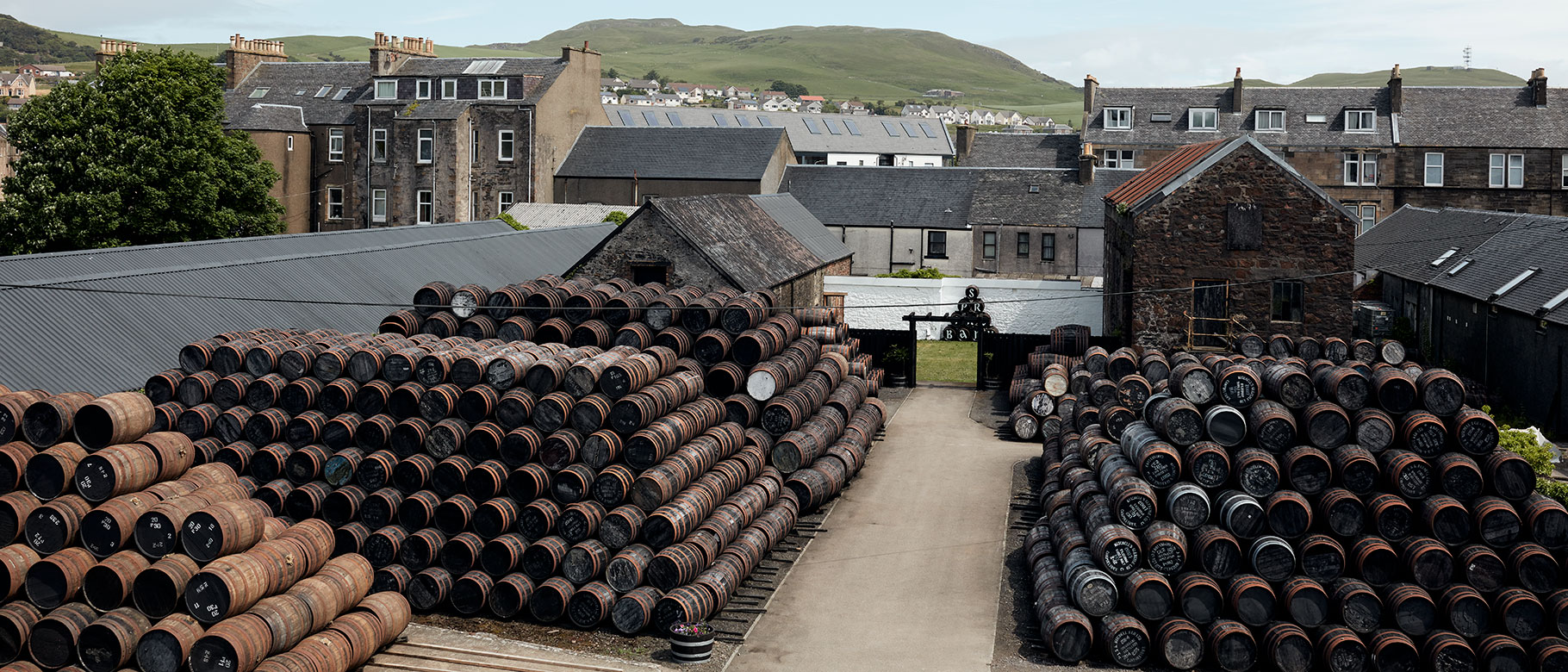

Scotch whisky, while a romantic and often thoroughly ethereal world, is, unfortunately, quite corporate at times too. Big intergalactic booze brands can own up to half-a-dozen brands at once and homogenise how their whiskies are made, outsourcing parts of the process or buying in pre-prepared raw materials for the sake of expediency. While there’s nothing wrong with this per se, this can sometimes result in a brand’s personality being (at the risk of executing a pun here) watered down a little…
Not so at Springbank, though, a storied distiller in Campbeltown – one of only three remaining in a small town that once was home to over 30 active distilleries. Campbeltown whiskies (those that remain, at least) are known for their robust, intriguing flavour profiles, and while Springbank is owned by J & A Mitchell & Company, a 5th generation family-run firm that also owns the local Glengyle distillery and bottler William Cadenhead, the family is intent on retaining Springbank’s independence at all costs.
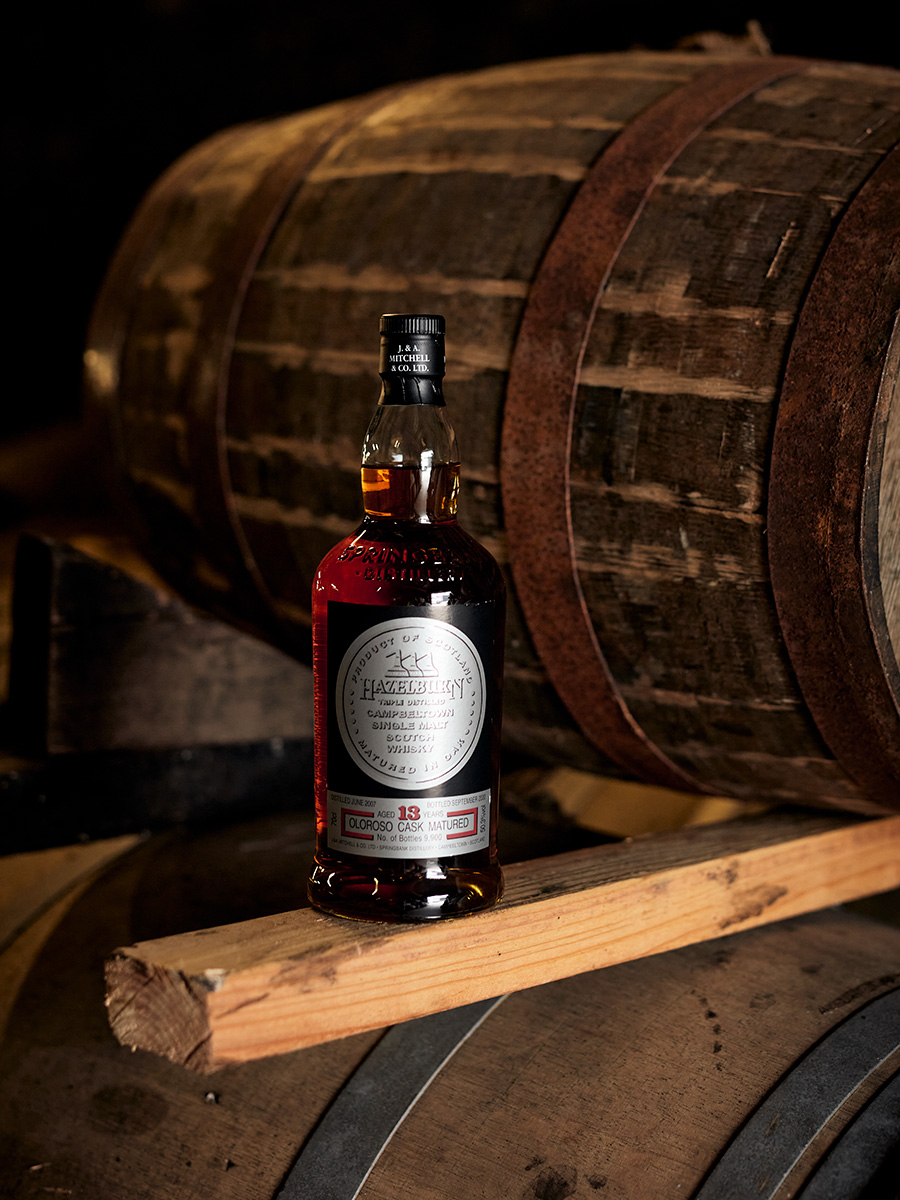
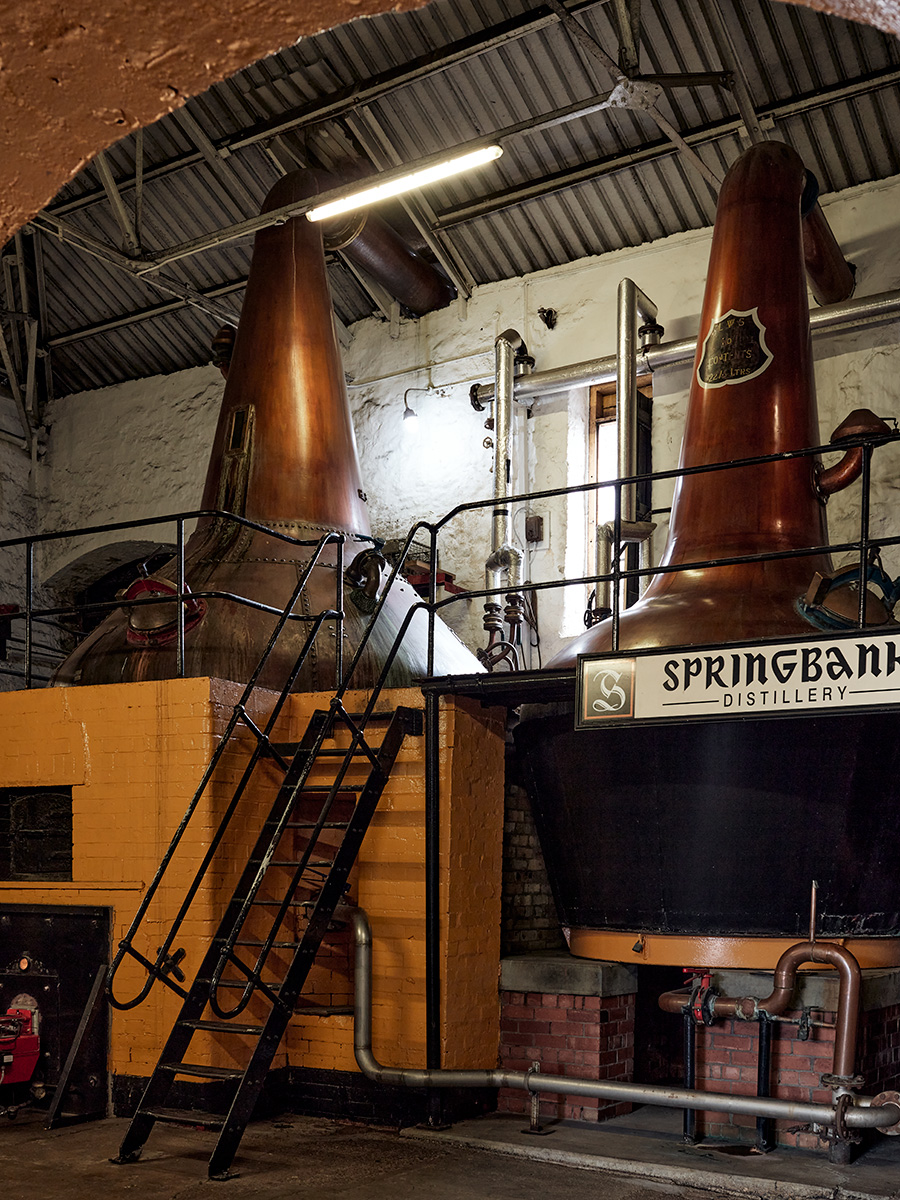
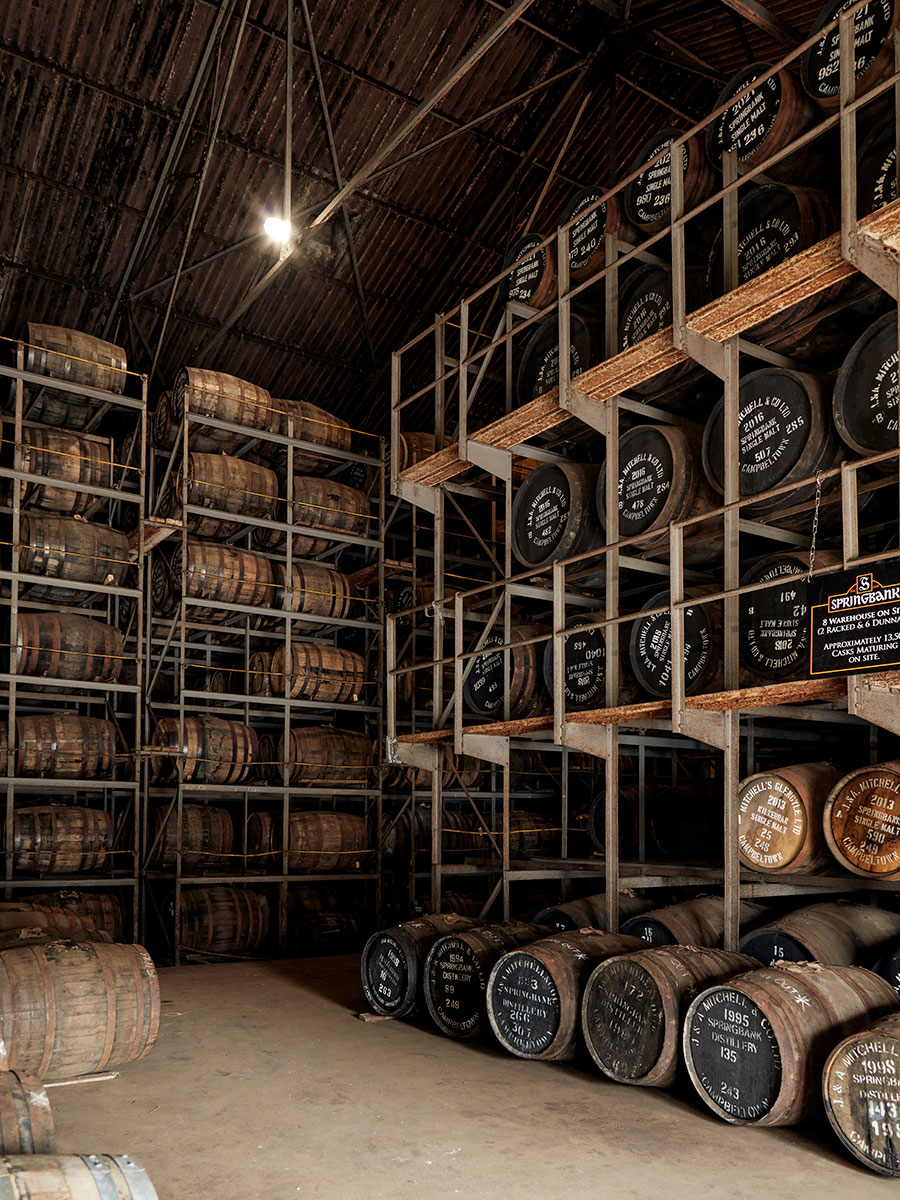
This isn’t just marketing-speak either; Springbank is a rarity in Scotch whisky-making in that the distillery oversees every stage of the production process – from sourcing its barley to the final bottling and labelling.
As you’d imagine, at Springbank said process is filled with intriguing traditions and idiosyncrasies which contributes to the finished product’s character. The first of these is malting. Springbank is one of only a handful of distilleries that still malts its own barley ‘in-house’, using the age-old technique. Often, mainstream distillers will malt their barley off-site, or merchandise the process, but Springbank kicks off the malting in their very own barley loft, whereby the barley stored, steeped in cool water for two-to-three days and laid out in shallow layers on the distillery’s malting floors where it’s turned by hand at regular intervals.
This starts the natural germination of the barley, which starts to release its sugar content. Once the barley is malted, kilning (drying the malt in a brick kiln) stops the germination in its tracks and imparts a subtle smoky flavour to the barley too – especially if a peat fire is used, as is the case for Springbank and heavily-peated Longrow – another whisky the distillery produces.
Once the malt has been kilned, it’s milled into a coarse powder called grist (Springbank use a reassuringly old-school Porteous malt mill from the 1940s for this), which is transferred to the distillery’s century-old cast iron mash tun, filled with hot water and stirred to release the sugars from the barley. Once fermented with yeast in the distillery’s six wooden wash backs, the liquid contains around six per cent alcohol, ready for distillation into low wines (weaker spirit that won’t pass muster) and the cut – the good stuff that will go on to become whisky.
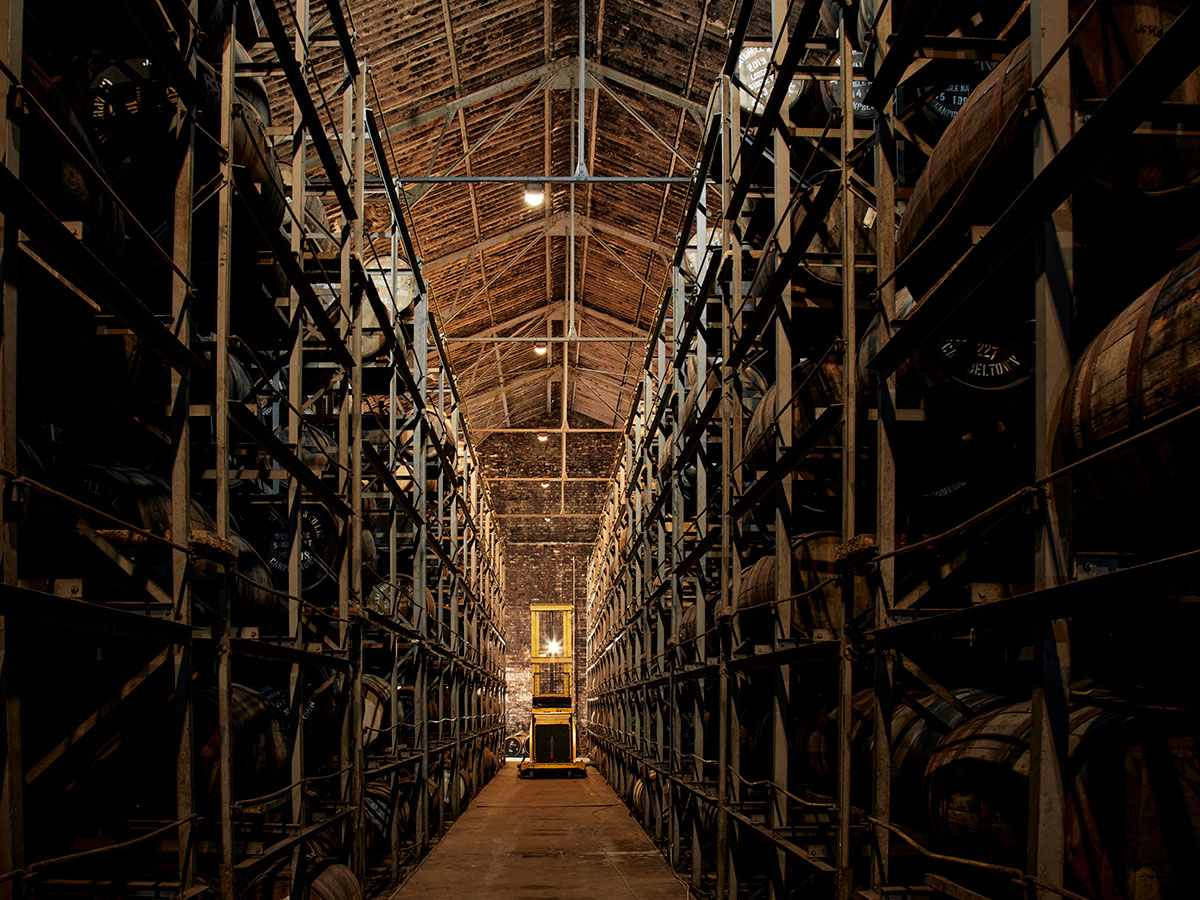
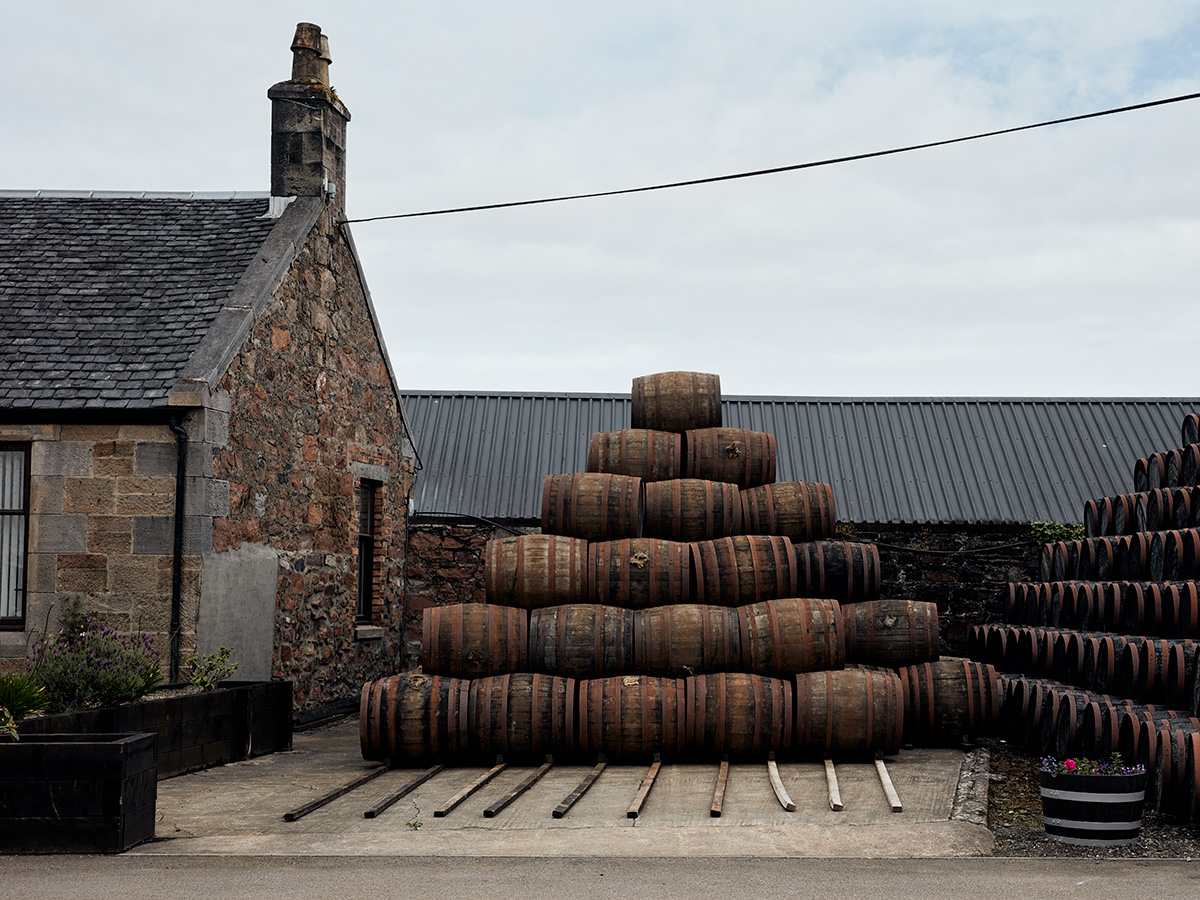
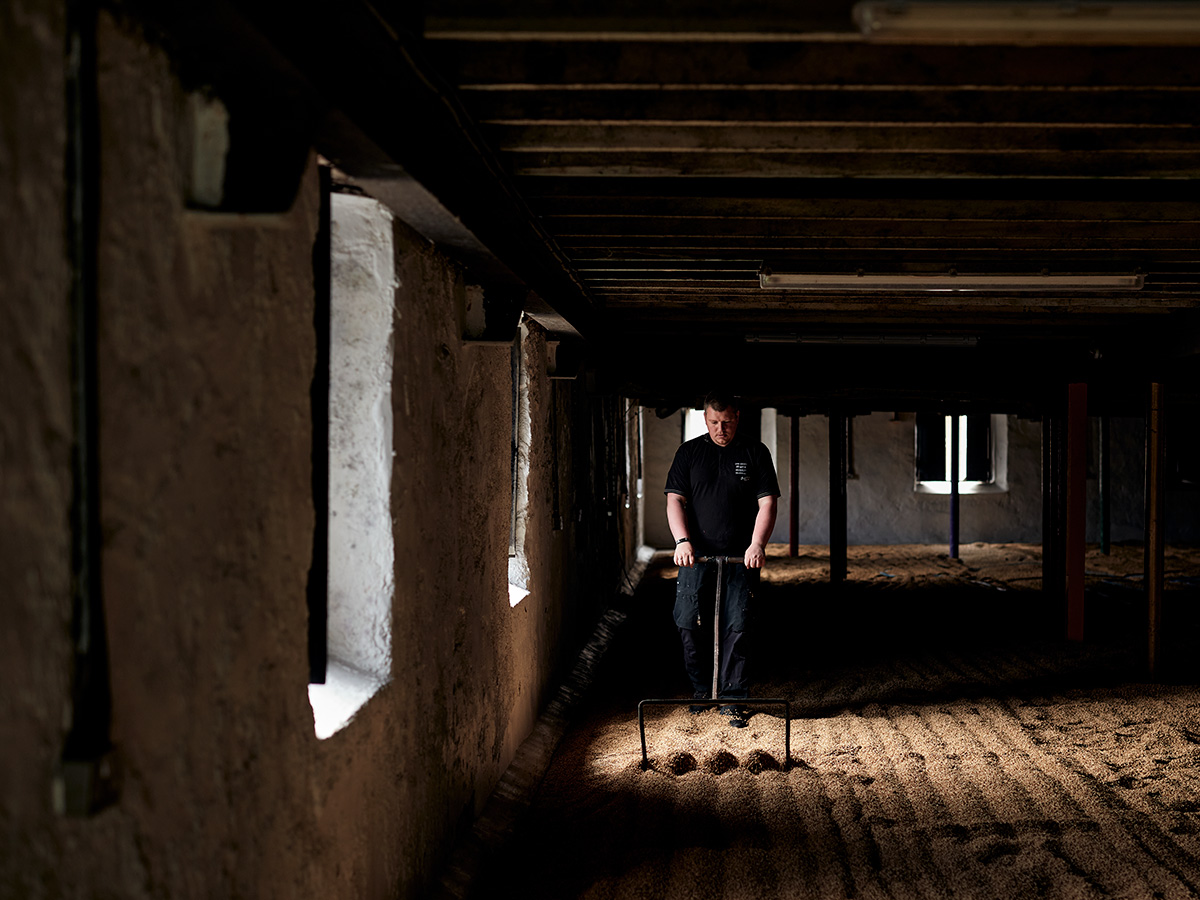
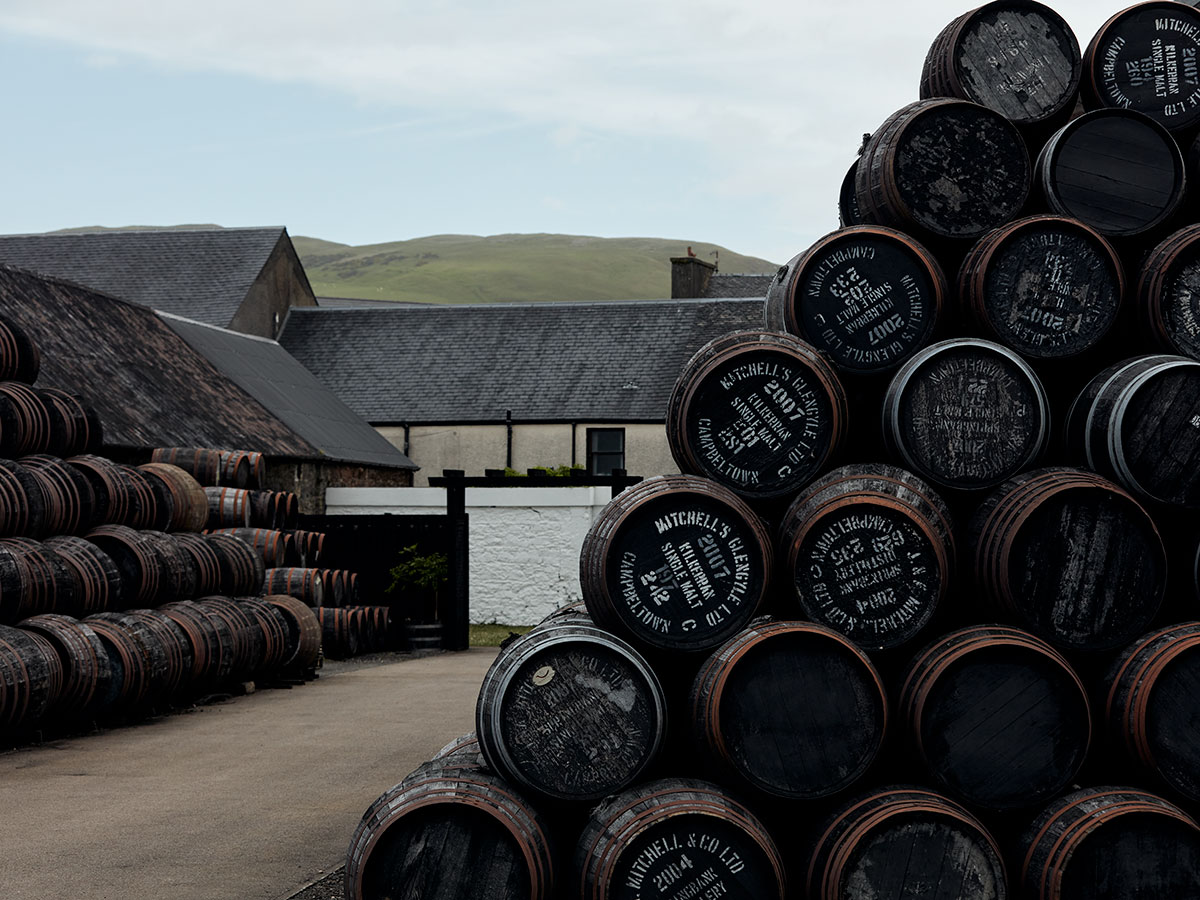
Distillation is perhaps the best-known part of the whisky-making process. Every distiller is responsible for the design and maintenance of their own copper stills, and the way a still is shaped and sized will change the flavour profile of the alcoholic spirit it produces. Generally speaking, shorter, fatter stills contribute to heavier whiskies, while taller, thinner stills contribute to a lighter tasting spirit.
As you’d expect, Springbank’s three stills are idiosyncratic. “We have three stills at Springbank with lyne arms that have a slight downward tilt. This gives a fuller style of spirit, which Campbeltown whiskies are traditionally known for,” explains Watson. “We produce three single malts at the distillery using three different distillation techniques, the most complex being Springbank. Part of the spirit is distilled twice and part of it three times, giving us what we call a two-and-a-half times distillation.” As you’d expect, this yields spirit of only the very highest quality at Springbank – with a complex and robust profile.
Beyond distillation, the other element of the process that lends Springbank whisky its character is the choice of oak casks that are selected for maturation. Springbank fills all its casks by hand with alcohol at the strength of 63.5 per cent ABV, which will be left to mature for a minimum of three years to transform into Scotch – and normally for 10 years or many more. It’s the distillery’s choice of cask, plus its unique location and damp peninsula climate that shapes the whisky’s distinctive flavours.
On that note, what exactly can you expect from a Springbank whisky? “We’re known for our complex and robust profile and a viscous mouth-feel,” says Watson. “Springbank has plenty of fruit notes, spice, peat and quite often an earthy, maritime undertone, which is imparted from the spirit’s maturation in one of our traditional dunnage warehouses here in Campbeltown. We’re at the bottom of the Kintyre peninsula here, right on the coast.” When deemed ready, Springbank’s production manager, Gavin McLachlan, will transfer aged casks for bottling and labelling, and the final part of the process takes place. Many distilleries add artificial colours or chill filter their whisky prior to bottling, but not so at Springbank, which prefers to let its Scotch speak for itself.
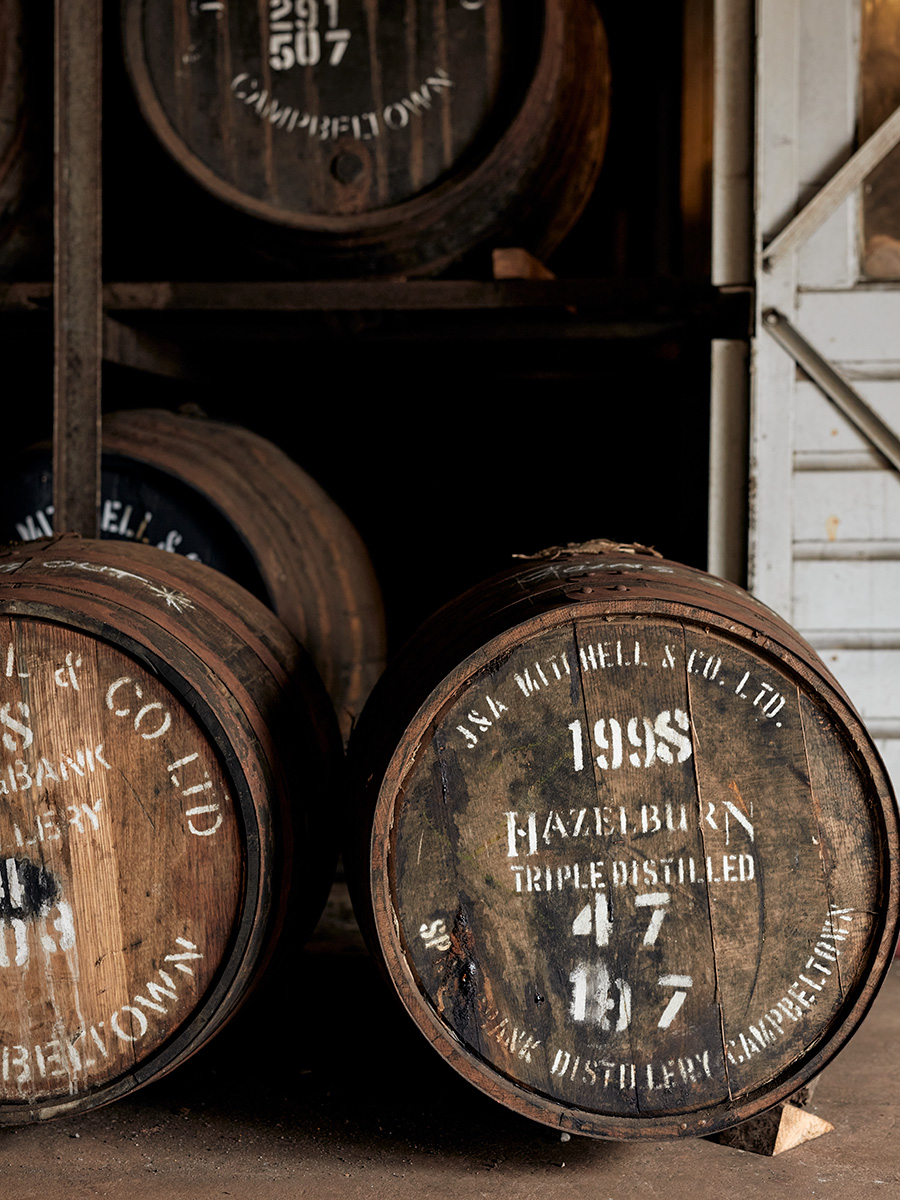
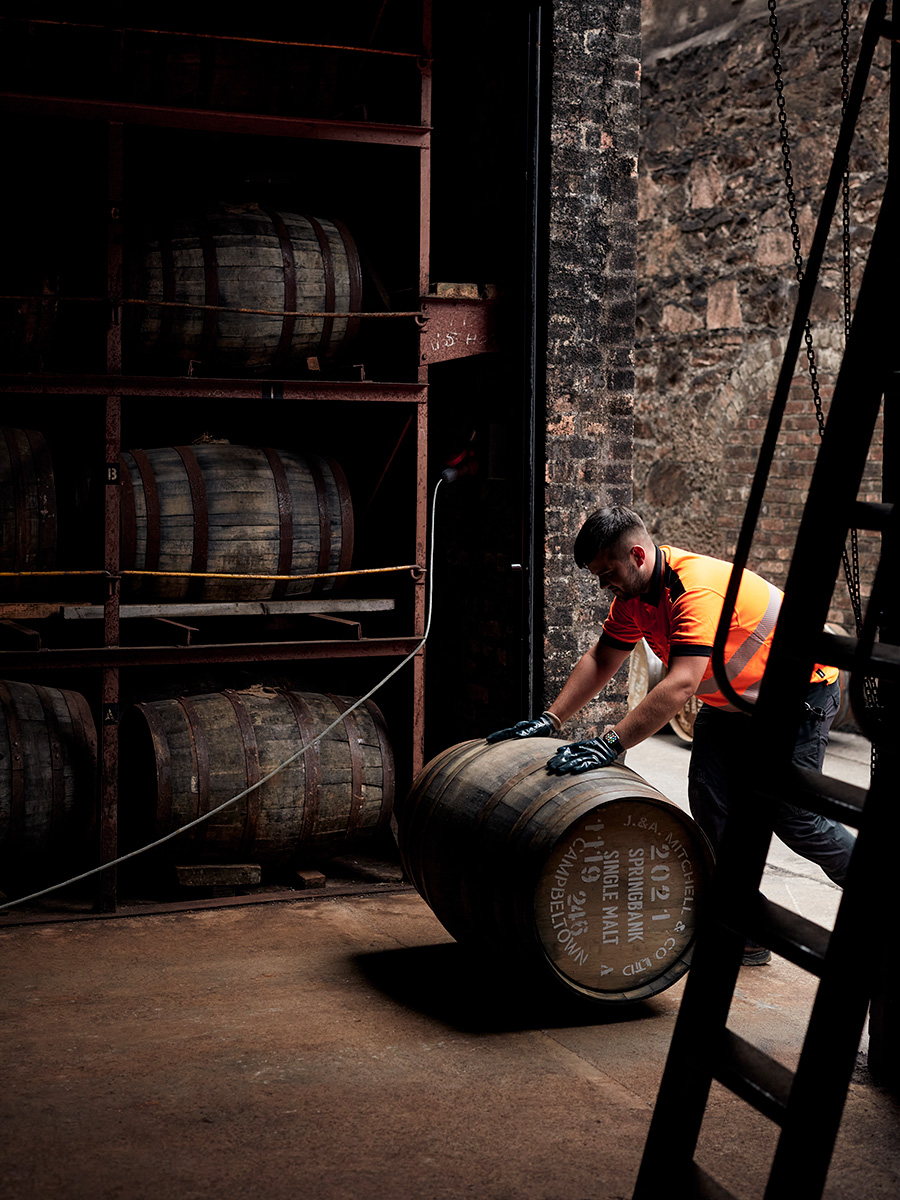
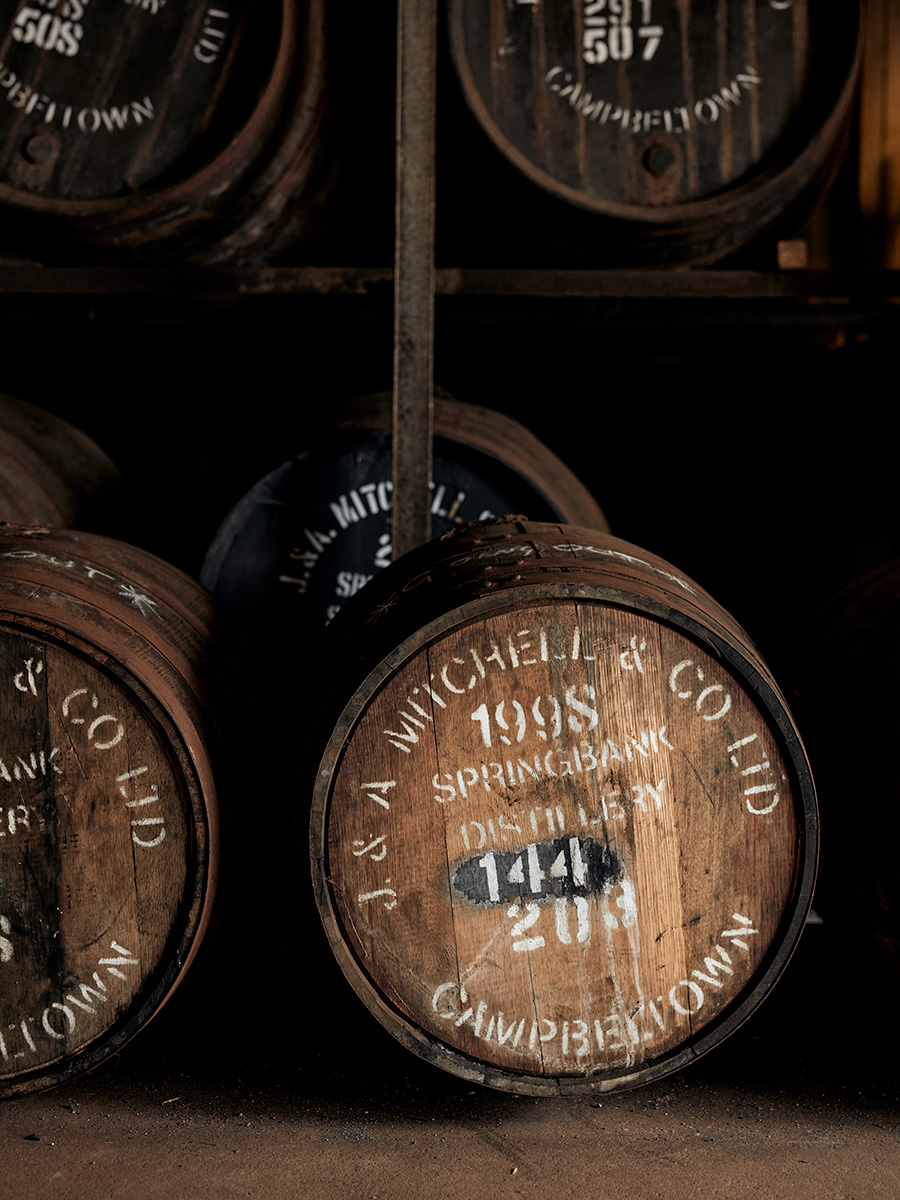
This uncompromising way of doing things really does reinforce Springbank’s unique position in the whisky landscape. Even in speaking with the distillery’s team to write this story, the brand seemed to want to keep a low profile – as though the team were more interested in getting on quietly distilling whisky, than indulging a pesky journalist. I’ve been lucky enough to work with and write on several family owned businesses like Springbank over the years, and they do all seem to have this quiet sense of understatement in common. Watson has the last word on this.
“Being 5th generation family-owned has given us a unique perspective on running a whisky distillery,” he says. “We’ve operated through many booms and busts in the industry – particularly in Campbeltown. There’s a sense of succession in the business, and an expectation to ensure the company is in a healthy state to hand over to the next generation. We are simply custodians of the distillery and that makes me very proud.”
(Photography by Tom Griffiths)
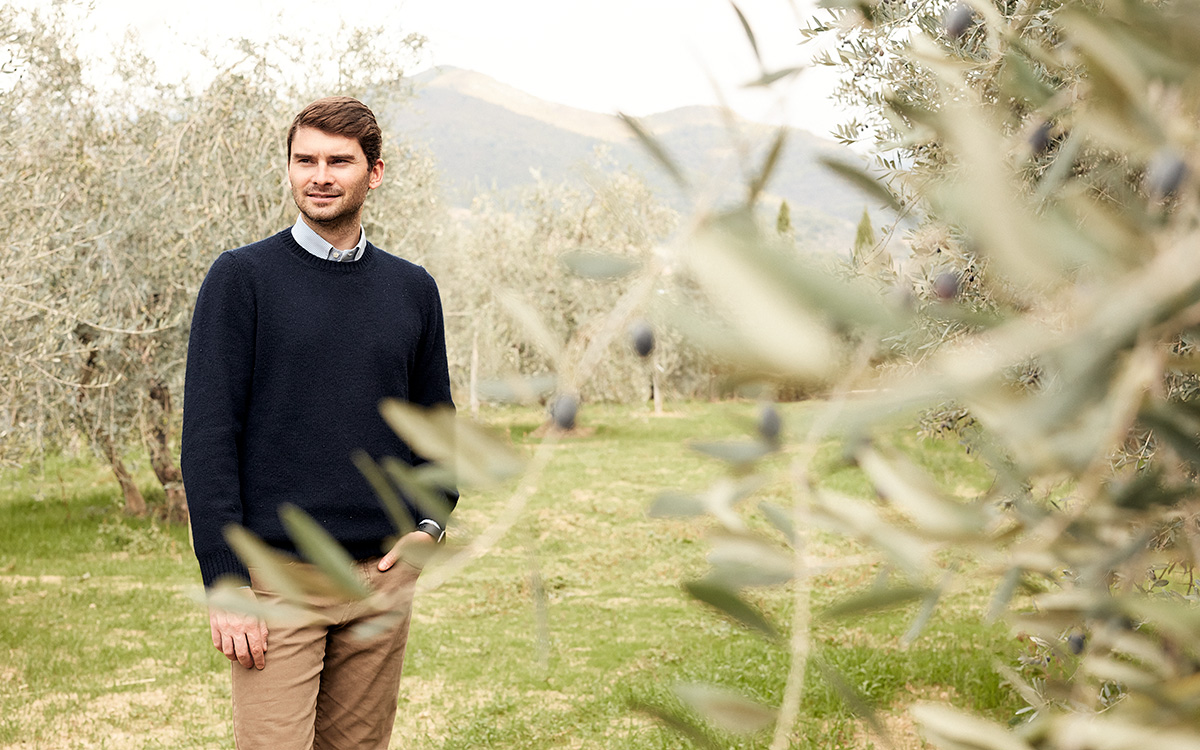
Liquid Gold: Gonnelli 1585
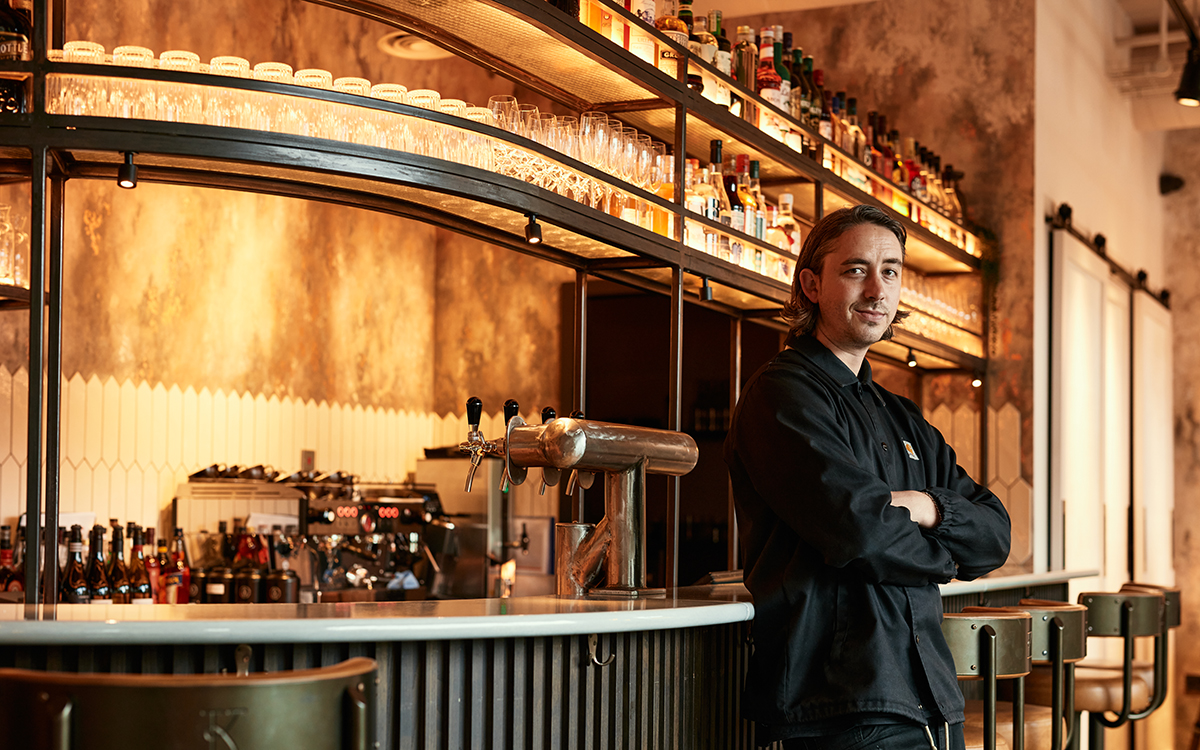
Will Bowlby on What it Took to Co-Found Kricket
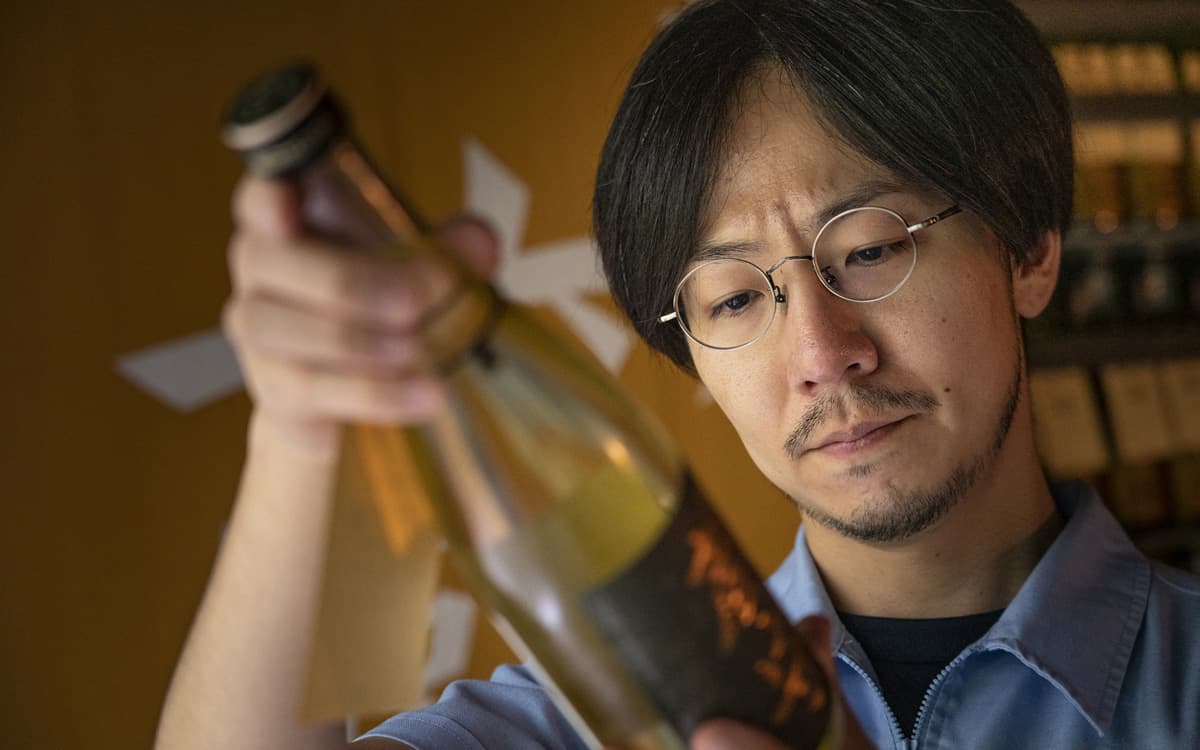
Sawanoi Sake: A Lifetime in the Making
Cotonificio Albini S.p.A. - Via Dr. Silvio Albini 1, 24021 Albino (BG) – Italy
Società con unico socio - diretta e coordinata da Albini Group S.p.A.
P.I. 01884530161 - C.F. 08743540158 - Iscritta al Registro Imprese di Bergamo - REA 244649
Capitale sociale sottoscritto e versato € 11.170.960